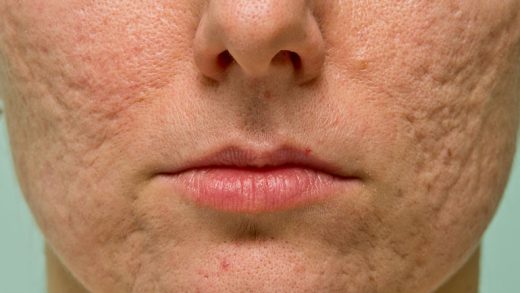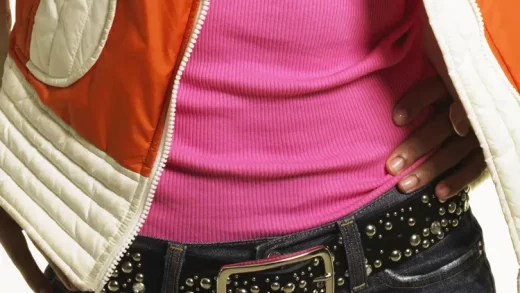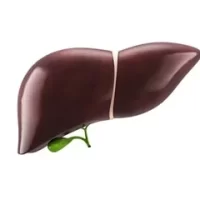Laundry hygiene – what is it?
The goal of laundry hygiene is to get rid of those bothersome germs from your clothing and materials, stop the spread of infection, and protect the wellbeing of your family. This is especially important in settings like hospitals where cleanliness is of the utmost importance. But, it’s as important to follow good laundry hygiene at home.
While it might be simple to find and get rid of stains and dirt, it might be more difficult to make sure that all those terrible bacteria are gone. It’s important to keep in mind that something may seem clean, but it doesn’t necessarily mean it’s hygienically clean. Hence, it’s crucial to follow good laundry hygiene habits, such as washing garments separately, using hot water and efficient detergents, and not overloading the washing machine.
You can ensure that there are no lingering germs on your garments and fabrics by following these easy but effective measures, and you may enjoy a clean and hygienic home atmosphere.
What kind of contamination sources might there be?
We unwittingly spread germs from our skin onto the fabrics we use or wear. Depending on whatever area of our body contacts the cloth, a different amount of germs may be transmitted. For instance, our underwear is a perfect location for germs to remain, and our armpits often generate a lot of germs, especially when we’re hot and sweaty.
Best Practices for Specific Types of Laundry
1. Bedding and Linens
Your bedding is your haven of comfort and relaxation, but did you know that washing your sheets, pillowcases, and duvet covers every 7 to 10 days is essential to maintaining their freshness? Neglecting this routine can lead to the accumulation of unwanted filth such as dead skin cells and dirt. Conversely, washing them too frequently can cause premature wear and tear.
To preserve the colour and elasticity of your bedding and extend its longevity, it’s a smart idea to rotate in another set during washes. This way, you can always have a fresh set of bedding to slip into, without the worry of washing them too often. If you have decorative bedding such as quilts or throws, they can be washed less frequently, around every 3 months.
Duvets, comforters, pillows, and mattress pads are other bedding essentials that require regular cleaning. Although they should be washed less often than sheets, they still should be cleaned every 3 to 6 months to keep them hygienic and fresh. Mattress toppers should be taken to the dry cleaner every 6 months to ensure they remain in good condition.












